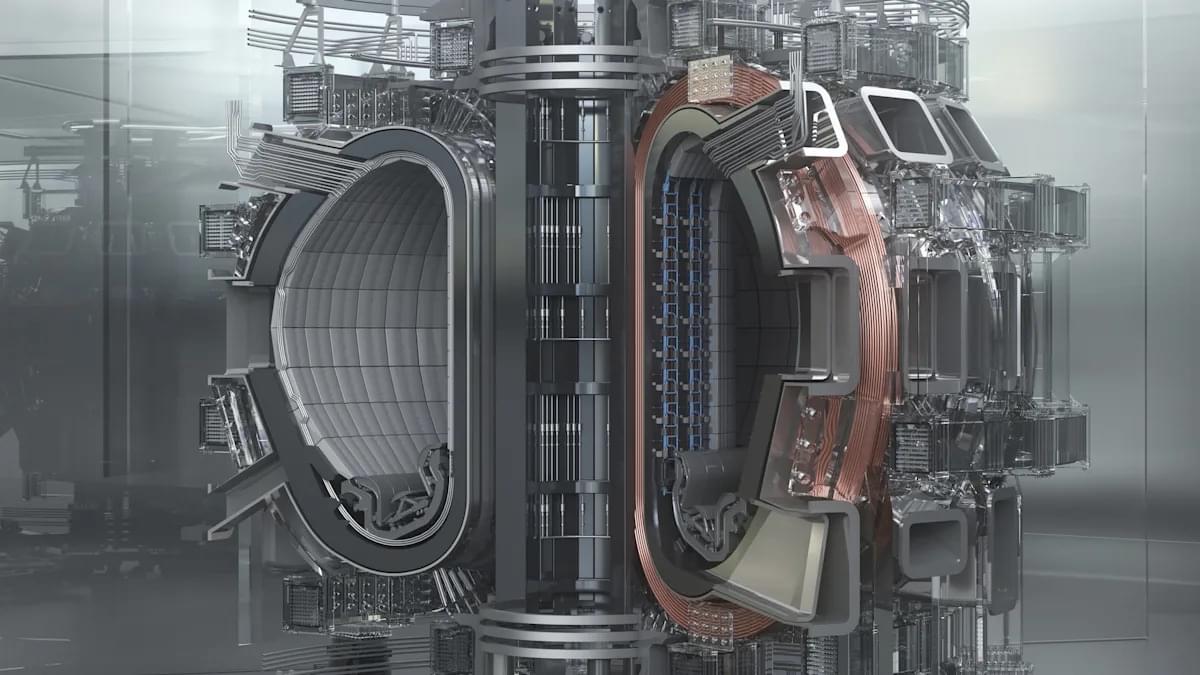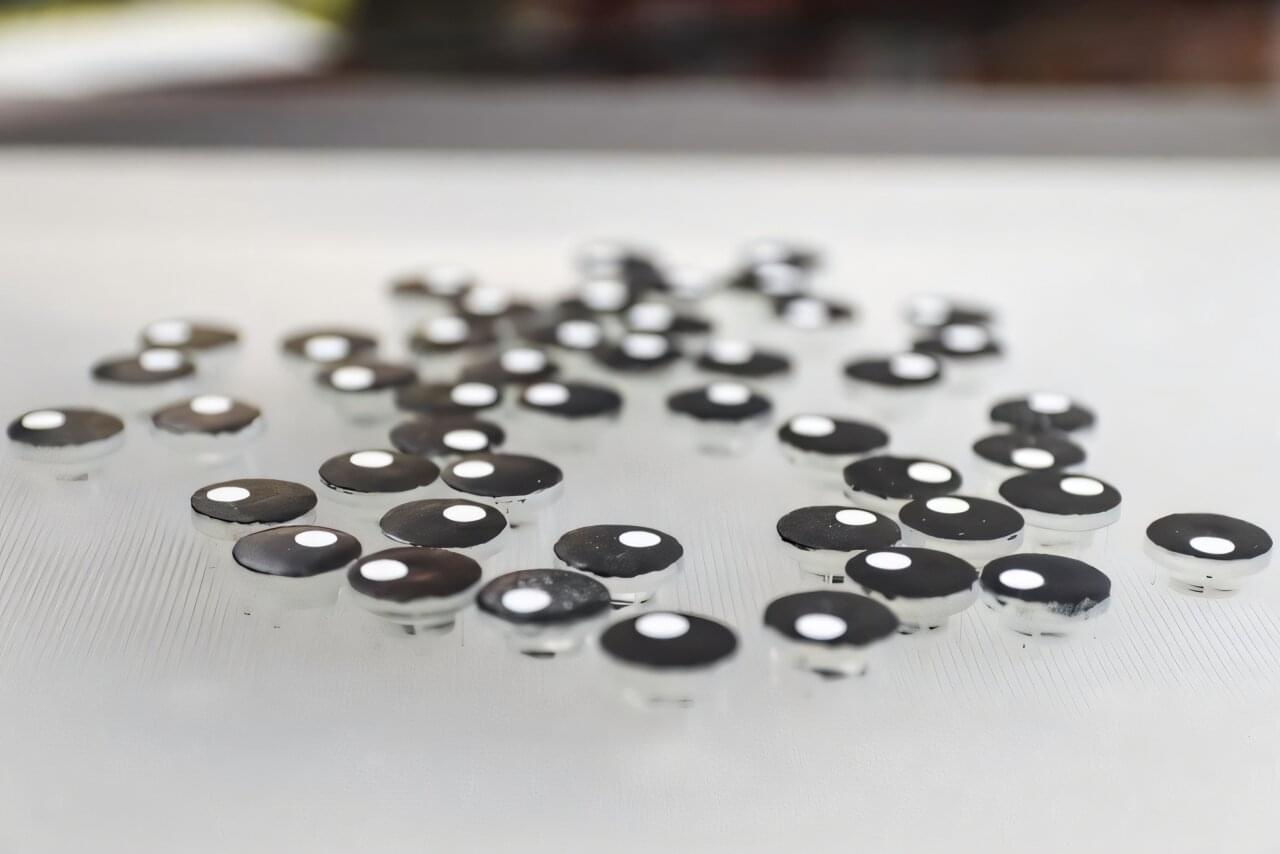Scientists have made the first-ever direct measurement of atomic temperatures in extreme materials, shattering a four-decade-old theory about how far solids can be superheated.
Using a powerful laser and ultrabright X-rays, researchers at SLAC and collaborating institutions heated gold to an astonishing 19,000 K, more than 14 times its melting point, while it remained solid. This breakthrough not only redefines the limits of matter under extreme conditions but also opens the door to new insights into planetary interiors, fusion energy research, and high-energy density physics.
Measuring the unmeasurable: cracking the heat code.







